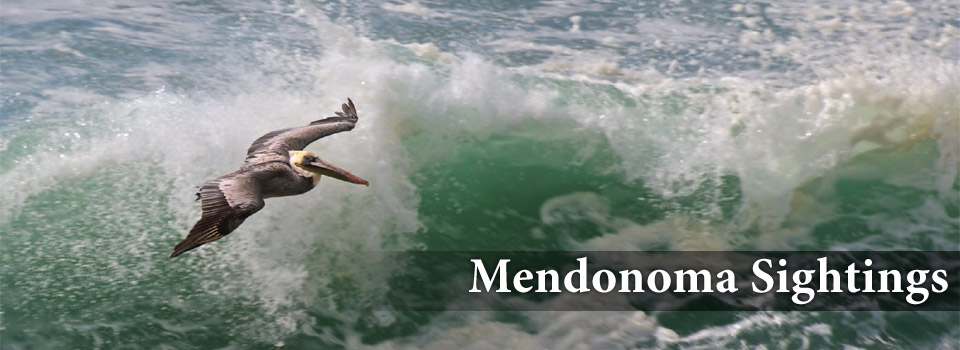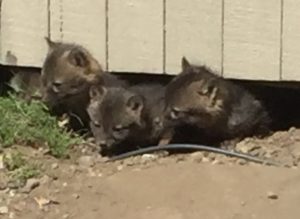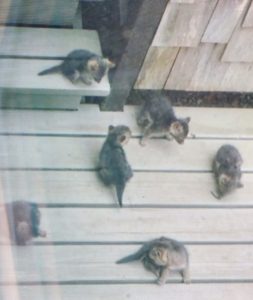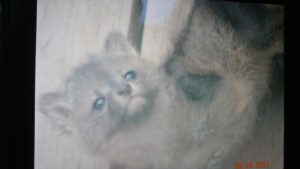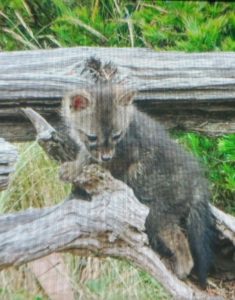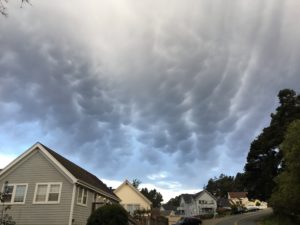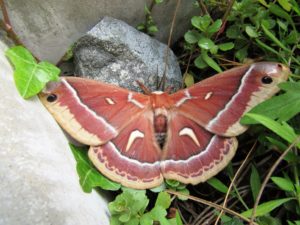Rich Trissel keeps a "yard list," a list of birds he sees in their yard north of Gualala. A few days ago he added a Rough-legged Hawk to his list. Nancy got the photo.
 Here is what the Cornell Lab of Ornithology says about these autumn/winter visitors: "The Rough-legged Hawk spends the summer capturing lemmings on the arctic tundra, tending a cliffside nest under a sun that never sets. Winter is the time to see this large, open-country hawk in southern Canada and the U.S., where it may be perched on a pole or hovering over a marsh or pasture on the hunt for small rodents. Found globally across northern latitudes, this species occurs in both light and dark forms."
Here is what the Cornell Lab of Ornithology says about these autumn/winter visitors: "The Rough-legged Hawk spends the summer capturing lemmings on the arctic tundra, tending a cliffside nest under a sun that never sets. Winter is the time to see this large, open-country hawk in southern Canada and the U.S., where it may be perched on a pole or hovering over a marsh or pasture on the hunt for small rodents. Found globally across northern latitudes, this species occurs in both light and dark forms."
Nancy photographed a light form, adult Rough-legged Hawk.
To hear their calls, here is the link: https://www.allaboutbirds.org/guide/Rough-legged_Hawk/sounds
Here is a close-up photo I found on the web, from the Audubon handbook.
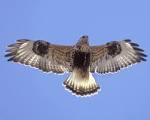 I hope I get to see one of these magnificent hawks! The Trissels and I are neighbors, as the Raven flies!
I hope I get to see one of these magnificent hawks! The Trissels and I are neighbors, as the Raven flies!
Thanks to Nancy for allowing me to share her photo with you here.
